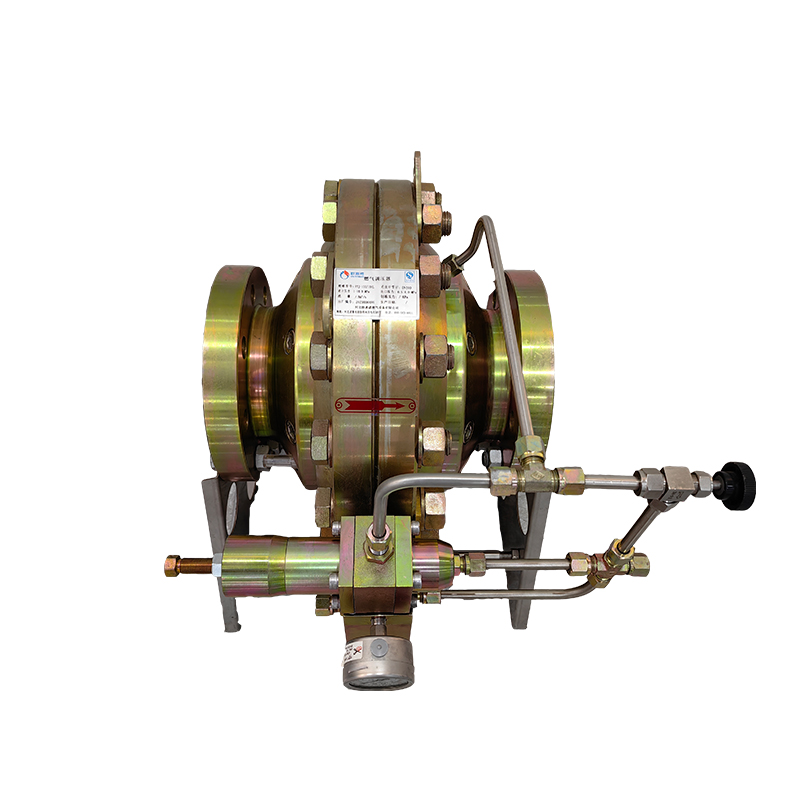
Dec . 15, 2024 06:54
Back to list
Gas Pressure Regulator for Efficient System Management and Performance Optimization
Understanding Gas Pressure Regulators Function and Importance
Gas pressure regulators are crucial components in various industries and applications where gases are utilized, from medical fields to industrial settings. Understanding how these devices work and their importance can provide better insight into their role in ensuring safety and efficiency in gas usage.
What is a Gas Pressure Regulator?
A gas pressure regulator is a device designed to control the pressure of gas delivered from a source, such as a gas cylinder or pipeline, to a predetermined level suitable for use. It adjusts the pressure of gas to maintain consistent and safe levels, preventing damage to equipment and ensuring optimal performance.
How Does It Work?
The functioning of a gas pressure regulator is based on a simple mechanical principle. The device typically consists of an inlet, outlet, diaphragm, spring, and a pressure adjustment knob. When gas enters the regulator, it acts on the diaphragm, which moves in response to changes in pressure.
- Inlet Pressure Initially, high-pressure gas enters from the source. The regulator immediately works to reduce this high pressure to a lower, usable pressure. - Adjustment Mechanism Users can adjust the tension on the spring, which directly influences the pressure setting of the gas being released. By changing the spring tension, the desired outlet pressure can be set. - Continuous Regulation As the gas flows to the application, the regulator continuously monitors and adjusts the pressure. If the demand for gas increases and the outlet pressure begins to drop, the diaphragm will move to open the inlet further, allowing more gas to flow in and thus maintaining consistent pressure.
Types of Gas Pressure Regulators
.
1. First Stage Regulators These are used to reduce the high cylinder pressure to an intermediate level. They are typically used in gas distribution systems. 2. Second Stage Regulators These take the intermediate pressure from the first stage and further reduce it to a low pressure suitable for end-use.
منظم ضغط الغاز

3. Two-Stage Regulators Combining both functions, these regulators provide precise pressure control and are commonly used in applications requiring stable pressures.
4. Specialty Regulators Designed for specific gases or particular applications, such as medical regulators for oxygen delivery systems.
Importance of Gas Pressure Regulators
1. Safety One of the most critical roles of a gas pressure regulator is to enhance safety. High-pressure gas can be dangerous, potentially leading to leaks or explosions. Regulators minimize these risks by providing a stable outlet pressure.
2. Efficiency Maintaining consistent gas pressure ensures that systems operate efficiently. In industrial processes, variations in gas pressure can lead to inconsistent product quality and increased operational costs.
3. Equipment Protection Sensitive equipment, such as medical devices and industrial machines, requires specific gas pressures to function correctly. Regulators protect such equipment from potential damage caused by pressure fluctuations.
4. Versatility Gas pressure regulators are used across various industries, including healthcare (for anesthesia machines), manufacturing, and culinary (for gas stoves), showcasing their adaptability and essential nature.
Conclusion
In summary, gas pressure regulators play an integral role in managing gas delivery systems across diverse applications. By controlling the pressure of gases to safe and efficient levels, these devices not only ensure operational efficiency but also enhance safety in environments where gases are used. Understanding their function helps underscore the necessity of these devices in both industrial and everyday applications, emphasizing their critical role in modern technology and safety practices.
Latest news
-
Safety Valve Spring-Loaded Design Overpressure ProtectionNewsJul.25,2025
-
Precision Voltage Regulator AC5 Accuracy Grade PerformanceNewsJul.25,2025
-
Natural Gas Pressure Regulating Skid Industrial Pipeline ApplicationsNewsJul.25,2025
-
Natural Gas Filter Stainless Steel Mesh Element DesignNewsJul.25,2025
-
Gas Pressure Regulator Valve Direct-Acting Spring-Loaded DesignNewsJul.25,2025
-
Decompression Equipment Multi-Stage Heat Exchange System DesignNewsJul.25,2025

